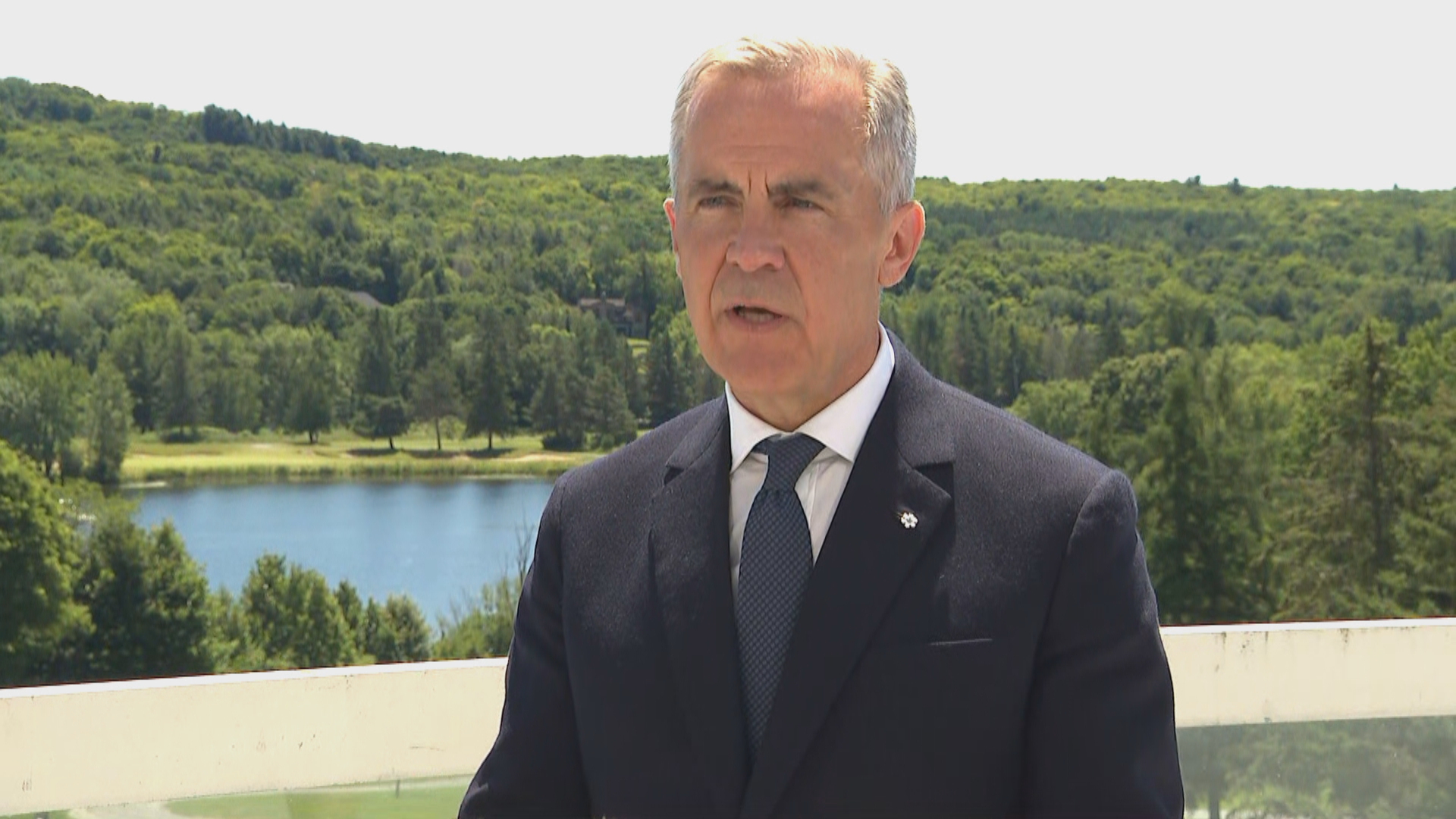At Citadel Theatre: British musical ‘Six’ telling story of King Henry VIII, wives

In Mirvish’s latest adaptation of a Tony Award-winning hit, six divas in glam-pop jewelled versions of Tudor attire will flip the story of King Henry VIII and his ex-wives on its head.
The British musical “Six” retells and remixes the stories of the ruthless king’s former spouses: Catherine of Aragon; Anne Boleyn; Jane Seymour; Anne of Cleves; Katherine Howard and Catherine Parr.
The show premieres in Edmonton on Saturday at the Citadel Theatre before hitting the Toronto stage Sept. 23 at the Royal Alexandra Theatre.
Galia Backal, the resident director of the Toronto production, says the 80-minute musical offers female empowerment and fierceness starting with the opening number “Ex-Wives.”
“It’s something that female, non-binary audiences can enjoy and apply to themselves,” she said. “Some people have or have dealt with their own version of Henry so this show can really speak to those individuals.”
“Six,” created by Brits Toby Marlow and Lucy Moss when they were students at Cambridge University, first debuted in 2017 at the Edinburgh Festival Fringe, went on to London’s West End in January 2019 and opened on Broadway in October 2021.
It nabbed two Tony Awards in 2022 for best original score and costume design.
The Toronto production features Jaz Robinson as Catherine of Aragon, Julia Pulo as Anne Boleyn, Maggie Lacasse as Jane Seymour, Krystal Hernández as Anna of Cleves, Elysia Cruz as Katherine Howard, and Lauren Mariasoosay as Catherine Parr.
The cast also includes Hailey Lewis, Julia McLellan, Abigail Sparrow and Darcy Stewart as standbys.
Backal, who has been the resident director for two U.S. tours of “Six,” said what drew her to the job was the fact that the musical tells a story that’s more than just the marital drama of King Henry VIII. As a Mexican-American director, she was drawn to the diversity and inclusion of the musical.
“’Six’ doesn’t specify what a queen is supposed to look like, so anyone can be a queen,” she said. “The unique actors add their own flair to their role and show that being a queen doesn’t fit a certain mould and I hope audiences see that.”
She said the rehearsal process has been an opportunity to learn something new about the actors.
“They’ve made suggestions and have made this process really collaborative,” she said. “It’s really pleasant to know all the queens and continue to learn.”
Mississauga, Ont. native Julia Pulo, who portrays Anne Boleyn, said as a multiracial actor she hopes young girls watching the show will see that there’s space for them to try musical theatre.
“Being that representation matters a lot to me because I hope that young girls that are multiracial can say ‘I can do this thing as well.’”
Pulo described “Six” as a show that will bring audiences on a roller-coaster of emotions.
“Bring your tissues,” she said. “You may shed a few tears.”
Lauren Mariasoosay, who portrays Catherine Parr, says she was drawn in by the music.
“There’s something fierce and something touching,” said Mariasoosay, who is from Tracy, Calif.
Both Pulo and Mariasoosay are excited for “Six” to premiere in Edmonton. However, they say it also brings a bit of nerves.
“I think being a bit nervous shows how much we care for the musical, for our cast members, for the entire team and we just want to put on the best show we can,” Mariasoosay said.
The two queens both said they have been able to apply their characters to their personal lives. Mariasoosay said she has been able to be more attentive towards others off stage.
“Catherine Parr is a bit of a wallflower,” Mariasoosay said. “Being on the outside looking in, I’ve been able to listen more and be more supportive.”
Pulo also said that her character, Anne Boleyn, has helped her become more confident.
“She’s a bit of an introvert and extrovert,” Pulo said. “And I’ve been able to put myself out there more.”
Backal said her favourite part is when the musical takes a more heartfelt turn.
“The music towards the end brings out a different side of the queens compared to the fierce musical numbers earlier,” she said.
Backal also said she hopes the project can serve as an inspiring message for audiences that see themselves in the queens.
“I think we all have our own stories. Not only can it be rewritten, but we can be the heroes of them.”
-Christian Collington is a freelance writer based in Toronto.
This report by The Canadian Press was first published Aug. 9, 2023

;Resize=620)

;Resize=620)
;Resize=620)